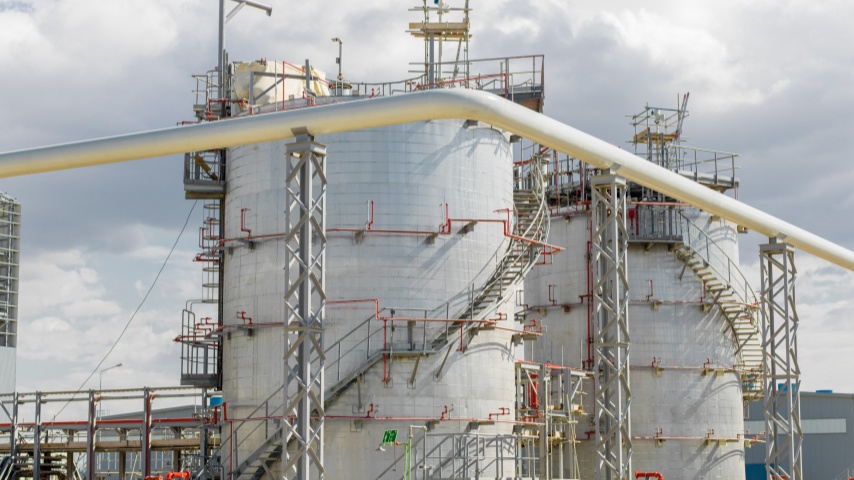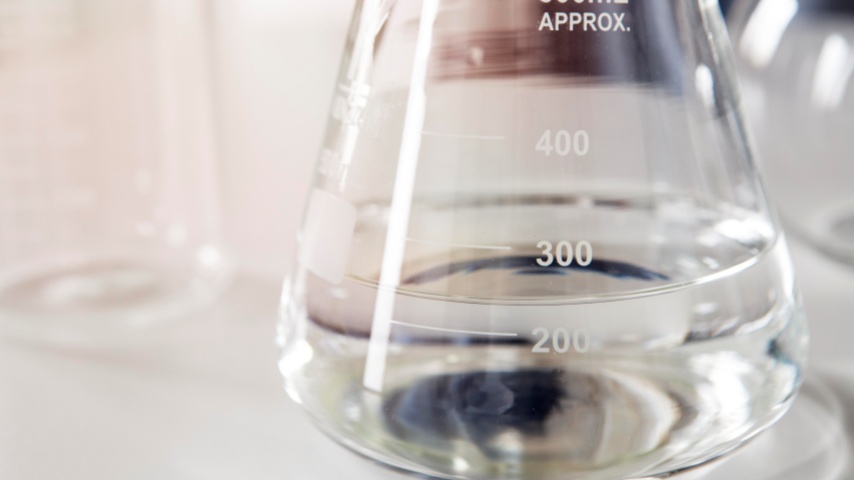Liquid-level transmitters are essential components in various industrial and environmental systems, providing critical data for the level of liquids, slurries, or granular materials in containers, tanks, or silos. This article delves into the working principles, types, installation processes, applications, advantages, limitations, and future trends of liquid-level transmitters. Understanding how liquid-level transmitters operate can help industries optimize processes, ensure safety, and enhance efficiency.
Introduction to Liquid-Level Transmitters
Liquid level transmitters are indispensable instruments in industrial production, widely used in petrochemical, power, metallurgy, water treatment, and food and beverage industries. These instruments convert level changes into standard electrical signals or other forms of signals, enabling remote monitoring, display, recording, and control of liquid levels. Designed to meet the needs for real-time monitoring, automatic level control, alarming, and metering, liquid level transmitters ensure smooth production processes and prevent material overflow or container vacancy.
Liquid level transmitters come in various types, categorized by measuring principles into differential pressure, float, radar, ultrasonic, capacitive, and optical types. Selecting the right liquid-level transmitter requires considering the medium's characteristics (such as corrosiveness, viscosity, temperature, etc.), measurement range, required accuracy, and compatibility with control systems. Different installation methods (such as insertion and external mounting) also adapt to different application environments. In specific applications, like monitoring oil tanks and reactors in the petrochemical industry, boilers, and water tanks in the power industry, and material tanks and fermenters in the food and beverage industry, liquid-level transmitters play a crucial role in ensuring production safety and efficiency.
Types of Liquid-Level Transmitters
Liquid level transmitters are key instruments for measuring and converting liquid levels into standard electrical signals, supporting applications in industries, agriculture, and hydrology. Based on their working principles, liquid-level transmitters can be divided into ultrasonic, radar, capacitive, and hydrostatic types, each with its unique advantages and potential drawbacks, making them suitable for different application scenarios.
Ultrasonic and radar liquid level transmitters measure liquid levels non-invasively, avoiding medium contamination risks, and offering a broad measurement range and high accuracy. Ultrasonic transmitters are suitable for industrial process control, hydroengineering, and agricultural irrigation, while radar transmitters are effective in these areas as well as in ocean monitoring. However, ultrasonic transmitter performance may be affected by bubbles or impurities in the medium, and radar transmitters require specific installation environments.
Capacitive and hydrostatic liquid level transmitters measure liquid levels by direct contact with the medium. Capacitive transmitters stand out for their simple structure and cost-effectiveness but require the medium to be conductive; they are suitable for industrial process control in the chemical, food, and pharmaceutical industries, as well as agricultural irrigation and domestic water monitoring. Hydrostatic transmitters are favored for their broad measurement range and capability in corrosive media, despite their relatively complex installation and higher cost, making them very practical in petrochemical, hydroengineering, and mining applications.
The choice of liquid-level transmitter depends on specific application needs, including measurement range, accuracy requirements, medium properties, and cost considerations. Each type of transmitter offers different technical solutions to ensure the accuracy and reliability of liquid level measurements, supporting a wide range of industrial and environmental monitoring applications.
Applications of Liquid-Level Transmitters
Liquid level transmitters are indispensable tools in multiple industries, primarily used for measuring and controlling liquid levels to ensure the safety, efficiency, and environmental protection of production processes. In the water treatment sector, they are crucial for ensuring water quality and treatment processes, such as in the monitoring of sedimentation tanks, filters, and water towers. In the oil and gas industry, liquid level transmitters are essential for monitoring the levels in storage tanks and pipelines to prevent leaks and ensure production safety. Chemical manufacturing relies on these devices to control the levels of chemicals in reactors and storage tanks, ensuring the accuracy and safety of reaction processes.
The food and beverage industry also extensively uses liquid-level transmitters to monitor the levels of raw materials and products, ensuring production processes meet sanitary standards and prevent waste. Additionally, in environmental monitoring, they track the levels of rivers, lakes, reservoirs, and groundwater, providing critical data for water resource management and environmental protection. Beyond these applications, liquid-level transmitters play significant roles in the power, metallurgy, textile, and pharmaceutical industries, as well as in agricultural irrigation, hydroengineering, and construction, highlighting their widespread use and importance in modern industry and environmental management.

Advantages and Limitations
While liquid-level transmitters offer many advantages in measuring and controlling liquid levels across various fields, their application has some limitations and challenges. The sensitivity of these devices to specific materials, the impact of environmental conditions, and the need for regular maintenance are key factors to consider in the selection and use process.
For example, corrosive or high-viscosity mediums can affect the performance of liquid-level transmitters, and environmental conditions like temperature, humidity, and pressure changes can impact their accuracy and stability. Therefore, when selecting a liquid-level transmitter, it's essential to consider not only the characteristics of the medium to be measured but also the conditions of the usage environment, ensuring the chosen device meets the specific application's needs.
Choosing the right liquid-level transmitter involves considering the nature of the medium, environmental conditions, and specific application requirements. The corrosiveness, viscosity, temperature, and pressure of the medium, as well as the working environment's temperature and humidity range, and the presence of explosive or corrosive gases, are all important factors affecting the choice. Additionally, measurement accuracy, range, output signal type, installation method, and price are key parameters determining the final selection. Therefore, thoroughly reading product manuals, consulting professionals, and considering reputable brands are effective strategies to ensure the purchase of a liquid-level transmitter that meets needs, is stable in performance, and comes with good after-sales service. This comprehensive and detailed consideration process helps enhance production safety, efficiency, and economy while reducing potential future operational issues.
Future Trends in Level Measurement
With continuous technological advancements, level measurement is witnessing a series of innovations and development trends aimed at improving accuracy, convenience, and intelligence levels. The miniaturization and integration of sensor technology have made devices more compact and powerful, enabling more precise measurements. The development of new sensor materials and structures, along with the application of wireless sensing technology, has significantly enhanced sensor sensitivity, stability, and the convenience of data transmission.
The integration of the Internet of Things (IoT) technology allows for real-time data collection and remote monitoring, not only improving data accessibility but also providing predictive functions based on historical and real-time data analysis, enabling better management and prediction of water level changes. This application of technology brings unprecedented flexibility and efficiency to water level measurement.
Furthermore, the application of artificial intelligence (AI) is opening new chapters in intelligent data analysis, autonomous calibration, and predictive maintenance. Intelligent algorithms enable liquid-level measurement systems to automatically identify anomalies and provide decision support, reducing manual intervention and improving system efficiency and reliability. AI's progress also promotes the application of 3D measurement technology and the use of machine learning and deep learning algorithms in enhancing the accuracy and robustness of liquid-level measurement, while improvements in standardization and interoperability promote the interconnectivity of different liquid-level measurement systems.
In summary, the future development of liquid-level measurement technology will be a direction of multi-technology integration, intelligence, and high efficiency. By leveraging the latest sensor technology, IoT, artificial intelligence, and other advanced technologies, liquid-level measurement will become more accurate, reliable, and user-friendly, providing more comprehensive and efficient water level monitoring solutions for various industries and environmental monitoring needs.

How Liquid-Level Transmitters Work
Liquid level transmitters are indispensable devices in various industries, agriculture, and hydroengineering projects, used to measure liquid levels and convert the measurements into standard electrical signals. These transmitters, based on different measuring principles, can be categorized into ultrasonic, radar, capacitive, and hydrostatic types, each with its unique working principle and application scenario.
Ultrasonic liquid level transmitters calculate liquid level heights by emitting ultrasonic pulses and measuring their reflection times. This non-contact measurement method does not contaminate the medium and is suitable for a wide range of measurement scopes. However, its measurement accuracy might be affected by bubbles or impurities in the medium. Radar liquid level transmitters use electromagnetic wave reflections to measure liquid levels, featuring non-contact measurement, high accuracy, and strong anti-interference capabilities, but at a higher cost and with certain installation environment requirements.
Capacitive liquid level transmitters determine liquid level heights by measuring changes in capacitance caused by level changes. This method is cost-effective and simple in structure but requires the medium to be conductive and might be affected by environmental temperature and humidity. Hydrostatic liquid level transmitters measure liquid levels by detecting pressure changes exerted on the sensor by the liquid, offering a broad application range and high accuracy but with a relatively complex installation and higher cost.
Overall, as technology continues to evolve, these liquid-level transmitters are becoming more accurate, reliable, and user-friendly. In the future, with the integration of new technologies like the Internet of Things (IoT) and artificial intelligence (AI), liquid-level measurement technology will further enhance its level of intelligence, providing more comprehensive and efficient solutions to meet the ever-changing industrial and environmental monitoring demands.
Post time: Mar-08-2024

